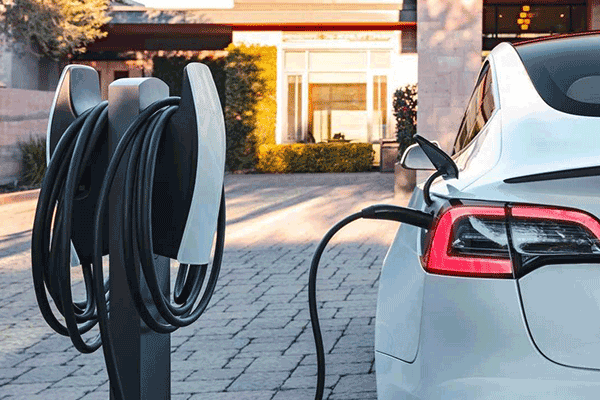As electric vehicles (EVs) continue to rise in popularity, more and more people are choosing to install home charging stations to ensure a convenient and efficient charging experience. However, like any electrical installation, there are risks associated with the process. In this article, we will discuss the potential hazards and provide advice on how to mitigate them, ensuring a safe and effective home charging setup.

Section 1: Identifying Potential Risks
1.1 Electrical Hazards: Home charging stations require a high-voltage connection, which, if not installed properly, can pose a risk of electrocution, electrical fires, and damage to your vehicle or home.
1.2 Inadequate Wiring: Outdated or inadequate wiring can lead to overheating, short circuits, or even fires. It is essential to ensure your home’s electrical system can handle the increased load that comes with an EV charging station.
1.3 Unauthorized Installations: DIY or unauthorized installations can lead to improper setup, posing safety hazards and potentially voiding warranties on your charging equipment or vehicle.
Section 2: Selecting the Right Equipment
2.1 Charging Station Type: Choose between Level 1 and Level 2 charging stations based on your needs, budget, and available electrical capacity.
2.2 Compatibility: Ensure the charging station is compatible with your specific electric vehicle, as well as your home’s electrical system.
2.3 Safety Features: Select a charging station that offers essential safety features such as overcurrent protection, ground fault protection, and thermal protection to minimize risks.
Section 3: Professional Installation and Inspection
3.1 Hiring a Licensed Electrician: Always hire a licensed electrician with experience in EV charging station installations to ensure proper setup and adherence to local codes and regulations.
3.2 Electrical System Upgrades: If necessary, have your electrician perform any required upgrades to your home’s electrical system to accommodate the charging station.
3.3 Inspection and Permitting: Make sure to obtain the necessary permits and schedule an inspection by your local electrical authority to ensure your installation meets safety standards and regulations.
Section 4: Maintaining Your Charging Station
4.1 Regular Inspections: Inspect your charging station regularly for signs of wear, damage, or potential hazards. This includes checking the cables, connectors, and mounting hardware.
4.2 Cleanliness: Keep the area around your charging station clean and free of debris or obstructions that could cause safety issues.
4.3 Periodic Maintenance: Schedule periodic maintenance with a qualified professional to ensure the continued safe operation of your charging station.
Installing a home charging station can provide numerous benefits for electric vehicle owners, but it is crucial to be aware of the potential risks and take the necessary precautions. By following the advice outlined in this article, you can ensure a safe and efficient charging experience for years to come.














